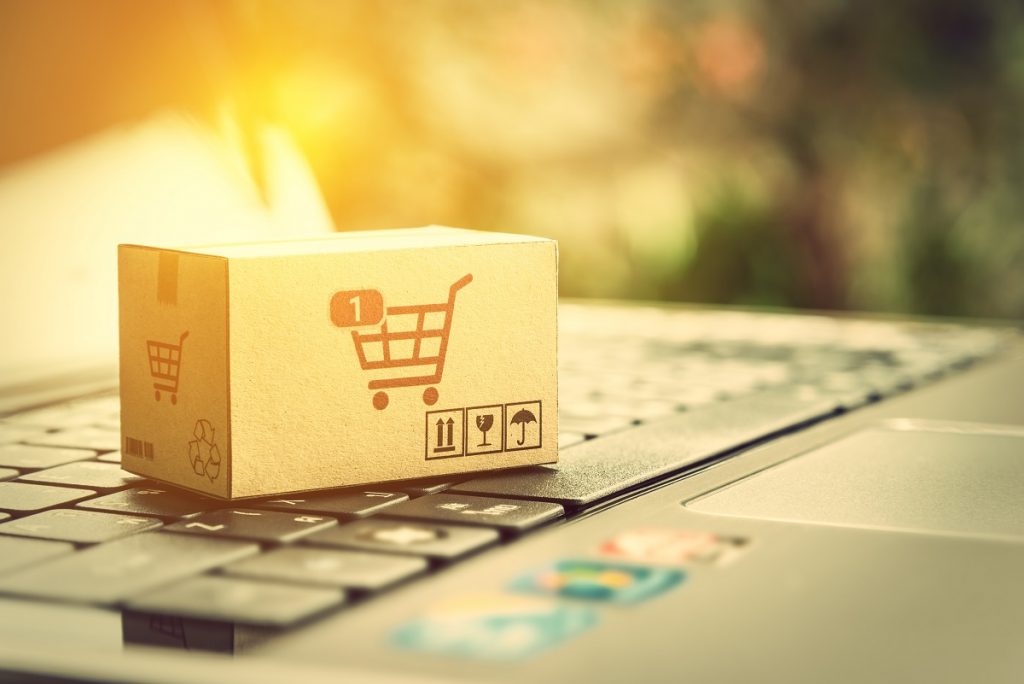How much should you charge for a product? This is one of the most frequently asked and important questions in business. It’s also very tricky. Price a product too low and customers might perceive its value to be inferior to your pricier competitors. Price it too high, and you could lose out on competitor products whose value people see as on par yours but with a more affordable price tag.
There is, however, a go-to rule when your goal is to sell more than the competition and bring in high revenues: premium pricing. It is selling at a premium, which is essentially at prices higher than a direct competitor’s.
The immediate question in many people’s minds is whether charging more for a product that strictly cost less to produce would be wise. As mentioned above, it runs the risk of customers looking for more affordable alternatives. History shows, however, that products sold at a premium can produce high-profit margins and establish a product’s brand value as on the upper end, among other things.
Check out our product: Hot Foil Stamping Machine
Price Influences the Market’s Perception
What makes premium pricing work is that it implies that a product has superior value, probably in comparison to others of its kind. Customers instinctively interpret high prices as the result of having better-quality components incorporated into the product. Simply put, customers think that an expensive product must have something special that others don’t have.
Psychology certainly has something to do with this. The Harvard Business Review (HBR) calls it the psychology of consumption: people are more likely to consume a product or service if they are aware of how much it costs. “Aware” in this discussion means more than just knowing, but also feeling — being constantly aware that their purchase has made an impact on their finances.
This, according to HBR, is the reason why a person who pays for a gym membership out-of-pocket each month is more likely to show up and use the facilities than someone who pays for 12 months’ worth of membership fees once a year. HBR adds that between these two customers, the monthly-paying gym member is most likely to renew their membership and be a customer in the long run than the annual-paying customer.
A Concerted Effort Is Necessary
Of course, the success of this pricing strategy hinges on other factors besides slapping a big number on a tag. For customers to take the premium pricing at face value and accept it as the baseline for a product or service, it has to be supported by the right branding strategy and a customer service that meets the expectations attached to “premium” products and services.
1. Product quality
Businesses that use the premium pricing strategy must convince customers that the price is worth the product. The product itself also has to have good quality, high functionality, and guaranteed durability. Most consumers verify these three qualities first when they consider buying a premium-priced product or service.
2. Branding approach
As previously mentioned, customers immediately perceive expensive products as of a higher value compared to the competitors. This perception, however, rapidly declines each time customers discover something about the product that contradicts its supposed “premium” status. Examples of things that could make customers second-guess a product’s real value are substandard materials, sloppy product design. poor packaging, and bad customer service.
What can you do to maintain your product’s premium image? Start by investing in high-quality packaging that looks and feels premium. Custom, foil-stamped logos on sturdy, glossy boxes, elegant gift-wrapping, and soft-touch coatings are good examples. Of course, the quality of the product itself has to match the standards and expectations built up by the packaging, too.
Give Customers the Impression of Exclusivity
Exclusivity is another way to premiumize a product. Customers like to be flattered. They also like to be the first to check out new products or have a chance to buy them before anyone else. Unsurprisingly, many are also ready to pay extra just so they can enjoy the perks that come with exclusive products and services. If handled expertly, exclusivity can become a strong driver of sales.
Businesses that plan to follow the premium pricing strategy must also try to match the reputation that forms naturally when a product is more expensive than the average price for the same item. They can do this by allocating time and resources to improve product quality and develop a branding approach that screams premium. This includes designing product packaging that looks and feels expensive, like a product box or bag that’s foil-stamped with a customized logo.
With proper execution, premiumized products can give businesses a head start in their industry and enjoy a respectable image from the get-go.


Related Posts
A sneak peek of 2024 DRUPA⼁From background history to current situation, exhibition products, and visitor results at once
Read MoreHot Stamping Machine Installation and Acceptance Guide: 3 Key Considerations for Buyers
Read MoreFolder Gluer Machine Installation and Acceptance Guide: 3 Key Considerations for Buyers
Read More